チャイブは茎先で総苞が膨らみ、小花が集まって咲きます。小花は外花被が3枚、内花被が3枚、雄しべが6本。葱坊主が美しいハーブです。
Chives have swollen bracts at the ends of their stems, and small flowers bloom in clusters. Each floret has three outer perianths, three inner perianths, and six stamens. It is a herb with a beautiful onion flower head.
【仮名】チャイブ, エゾネギ, セイヨウアサツキ
【和名】蝦夷葱, 西洋浅葱
【英名】Chives
【学名】Allium schoenoprasum
【誕生】06/ 02
【開花】05, 06, 07月
【花色】Pink, Purple
チャイブ
チャイブの概要

チャイブはヒガンバナ科の多年草です。ユーラシア大陸に広く分布し、中国では5000年前から食用。13世紀にヴェネツィア共和国の商人マルコ・ポーロが欧州に持ち帰ります。日本へは江戸時代の終わり頃に渡来。薬用、観賞用、お守り、魔除けにもなる、葱坊主が美しいハーブです。
チャイブの名前
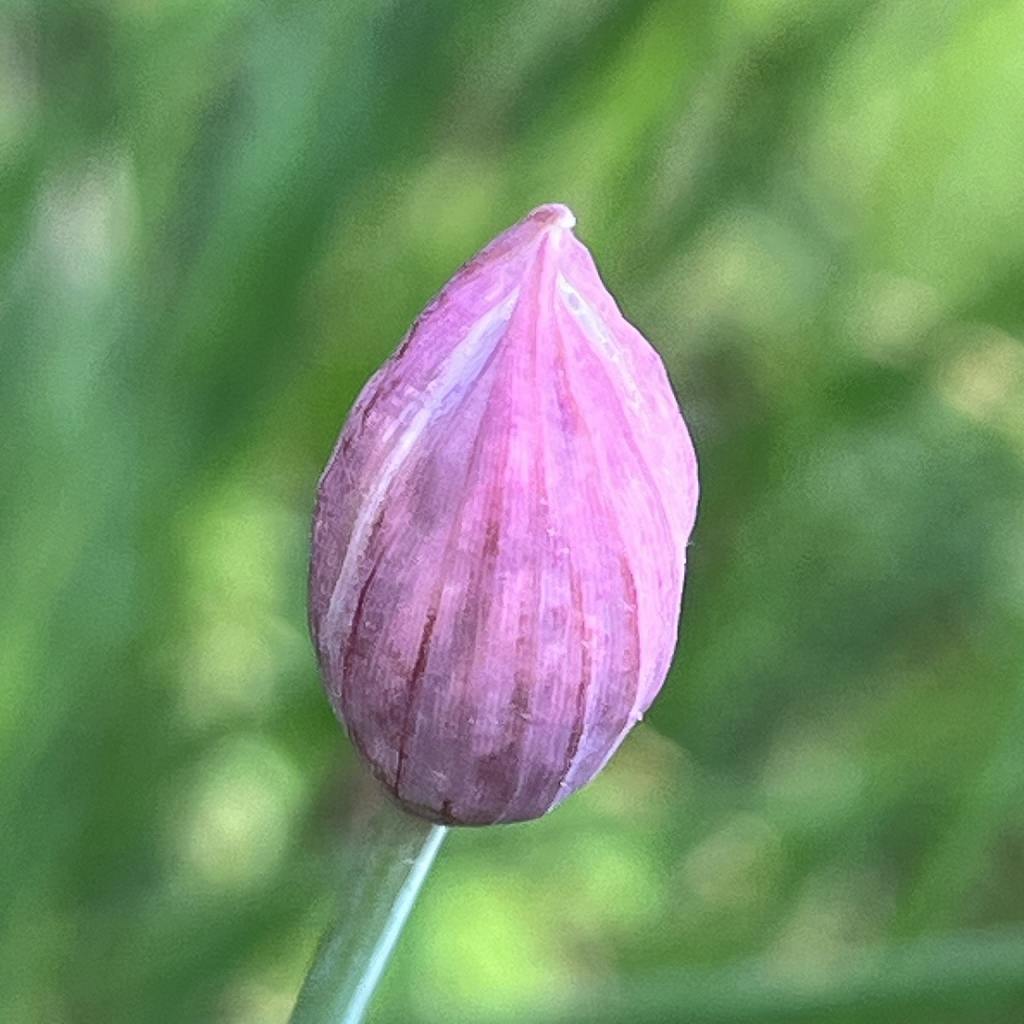
チャイブは英名で、語源はラテン語でタマネギを意味する「ケーパ」。仏語で「シブレット」、伊語で「チポリーナ」です。和名「蝦夷葱」は寒地の北海道や東北で育つから。ラテン語の属名アリウムは「ニンニク」、種小名スコエノプラスムは「藺草のようなネギ」という意味です。
チャイブの姿形
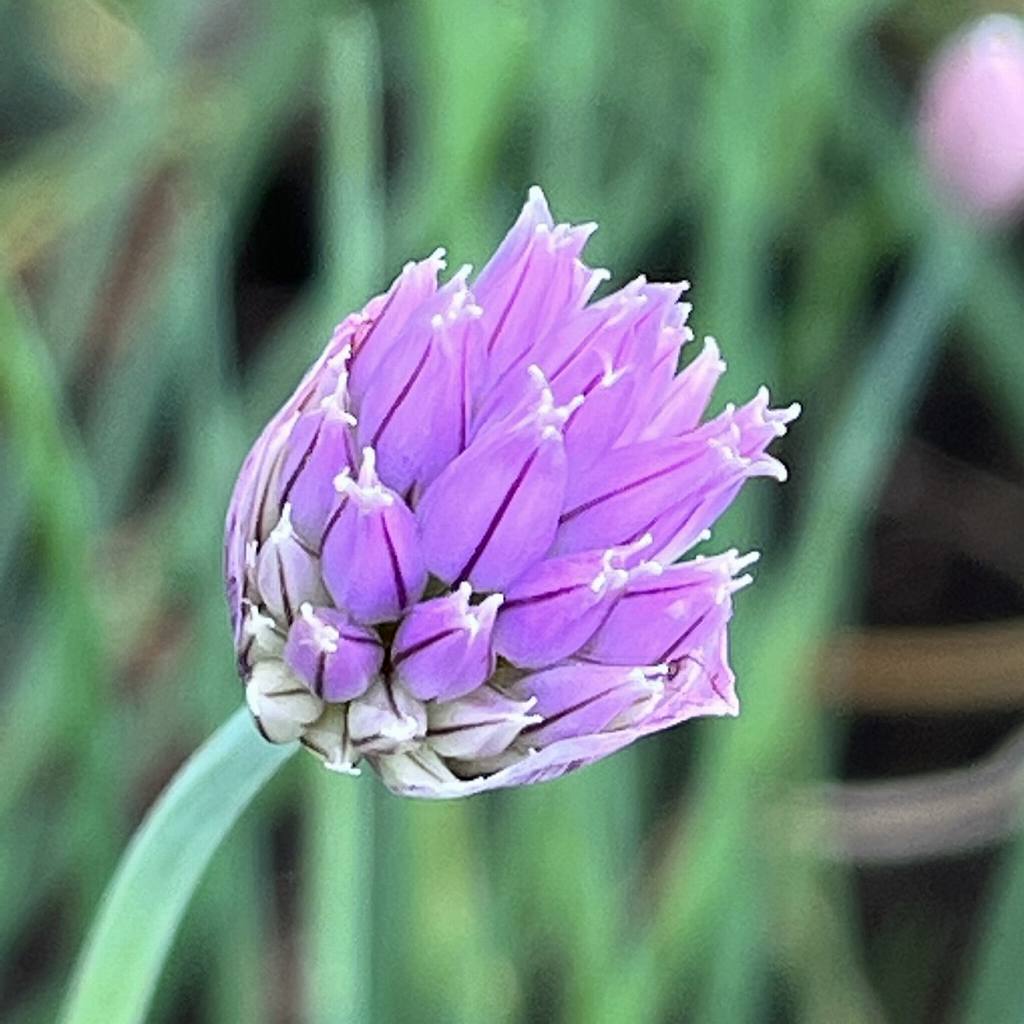
チャイブは根がしっかりと張り、地下茎が分かれて束生。冬に地上部が枯れるものの休眠しません。葉は中空で細長く伸び、葉と葉の間から花茎が直立。その茎先で総苞が膨らみ、小花が集まって咲きます。小花は外花被が3枚、内花被が3枚、雄しべが6本。花後は蒴果を結びます。
チャイブの種類
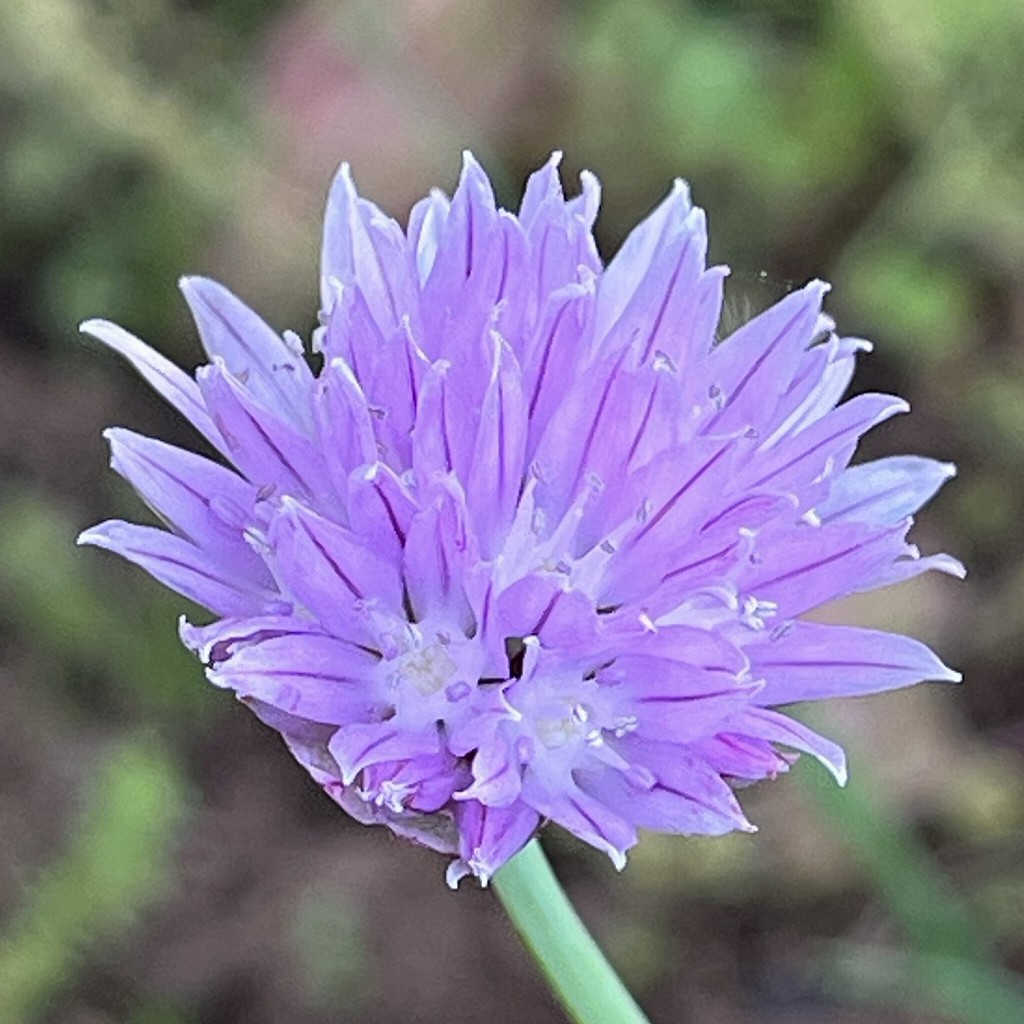
チャイブの変種「浅葱」は北半球の寒帯~温帯、日本の北海道から本州、四国まで分布。陽当たりの良い山野や人里、畑地で育ちます。春に葉を伸ばし、チャイブに似た花を咲かせる一方、夏に地上部を枯らし、鱗茎で休眠。チャイブと交雑しやすく、近くに植えると雑種が生じます。
チャイブの利用
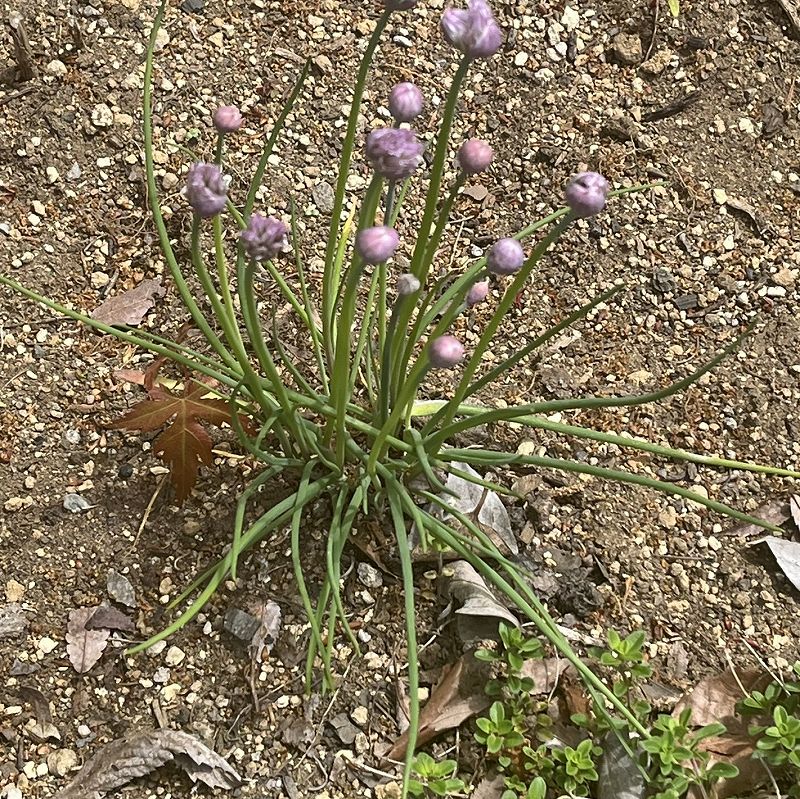
チャイブは古くから各地でハーブとして利用。茎葉がスープやサラダに用いられ、花が料理に添えられました。ビタミンAの前駆体であるカロテン、ミネラル類のカルシウムや鉄分、抗菌作用のある硫化アリルなど機能成分を豊富に含有。食欲増進、消化促進、滋養強壮に役立ちます。
Chives
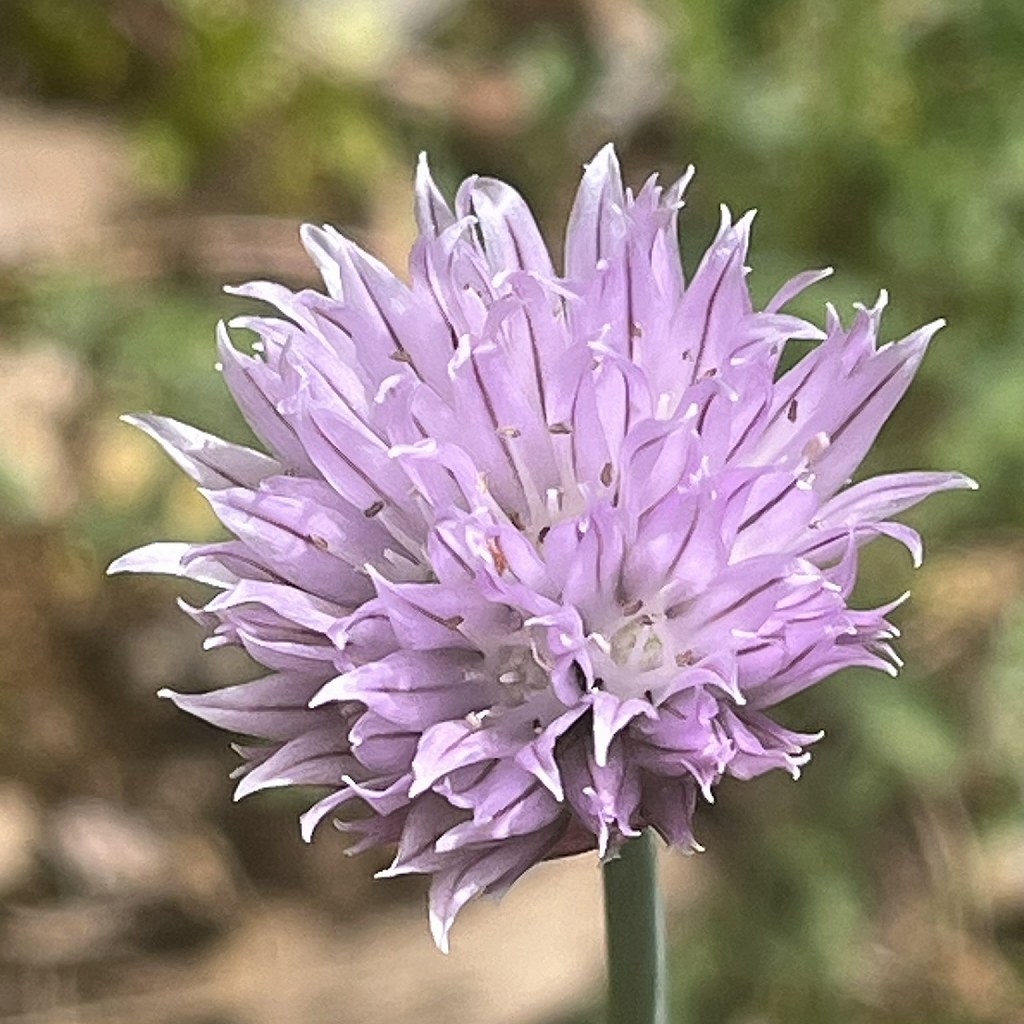
Chives are perennial plants of the Amaryllidaceae family. They are widely distributed in Eurasia and have been eaten in China for 5,000 years. In the 13th century, a merchant from the Republic of Venice, Marco Polo, brought them back to Europe. They arrived in Japan towards the end of the Edo period. They are a beautiful herb with an onion flower head that can be used for medicine, ornamental purposes, and as a talisman.
Chives is the English name. Its origin is the Latin word “cepa,” which means onion. In French, it is “Ciboulette,” and in Italian, it is “Cipollina.” The Japanese name means “onion of the northern regions,” because it grows in the cold regions of Hokkaido and Tohoku. The Latin genus name Allium means “garlic,” and the specific name schoenoprasum means “rush-like onion.”
Chives have strong roots and grow by dividing underground stems. The above-ground parts die in winter, but they do not go dormant. The leaves are hollow and elongated, and the flower stalk stands upright between the leaves. The involucre swells at the end of the stalk, and small flowers bloom in clusters. The small flowers have three outer perianths, three inner perianths, and six stamens. After flowering, they form capsules.
The Chives variety “foliosum” is distributed in the cold to temperate zones of the Northern Hemisphere, and in Japan it is distributed from Hokkaido to Honshu and Shikoku. It grows in sunny mountains, fields, and villages, as well as in farmland. It grows leaves in spring and blooms flowers similar to chives, while in summer the above-ground parts wither and go dormant in bulbs. It is easily crossed with chives, and hybrids will occur if planted nearby.
Chives has been used as an herb in various places since ancient times. The stems and leaves are used in soups and salads, and the flowers are garnished with dishes. It is rich in functional ingredients such as carotene, a precursor of vitamin A, minerals calcium and iron, and allyl sulfide, which has antibacterial properties. It helps to increase appetite, aid digestion, and strengthen the body.


